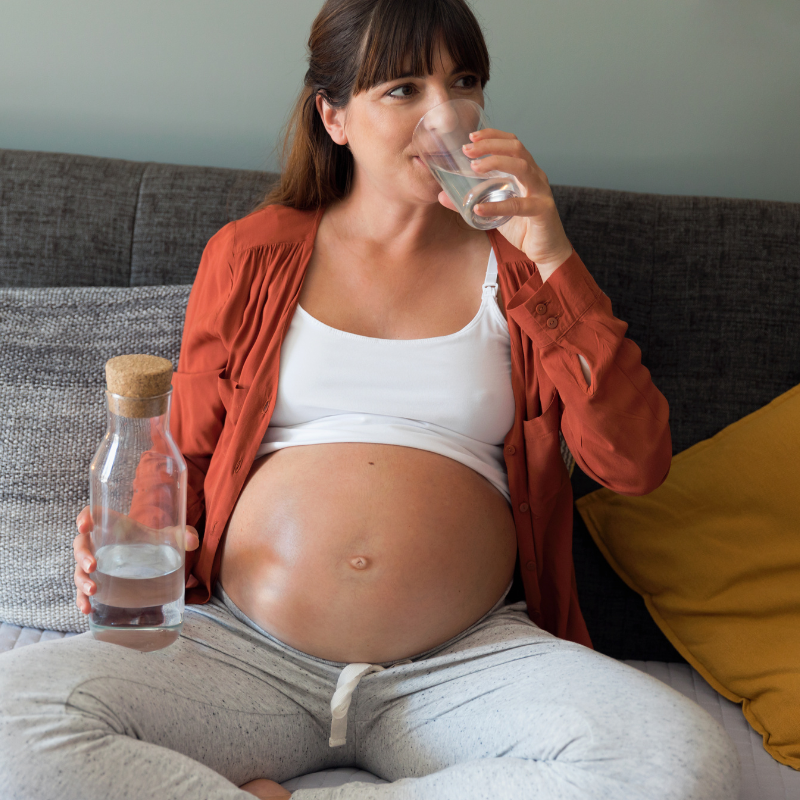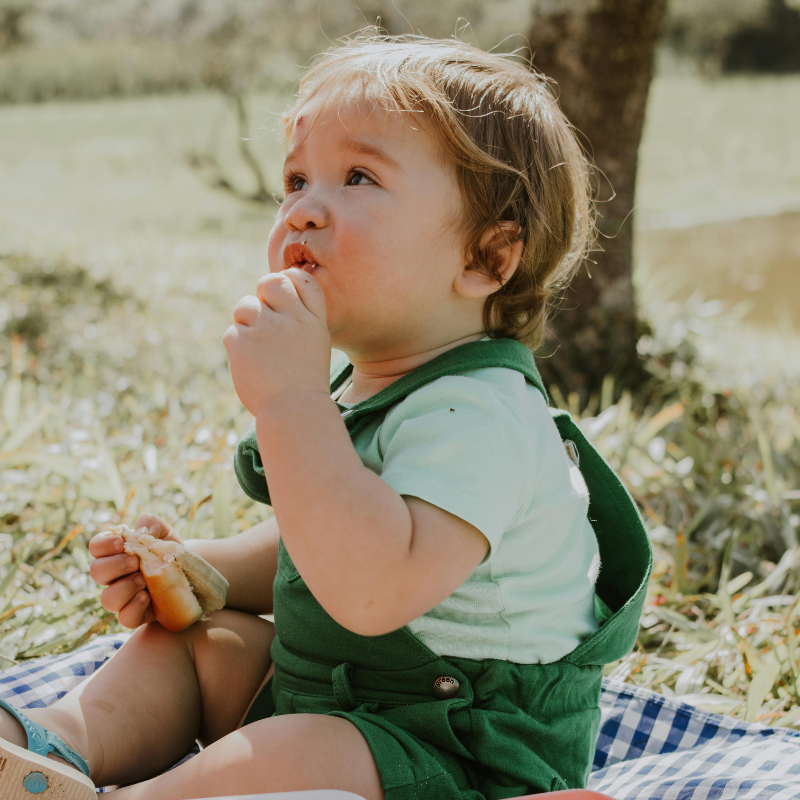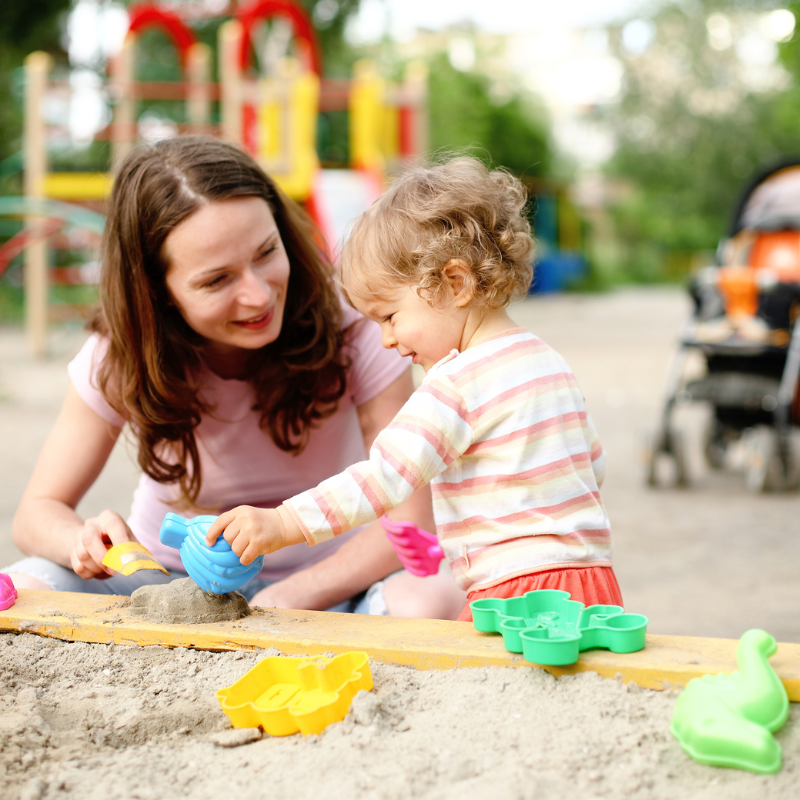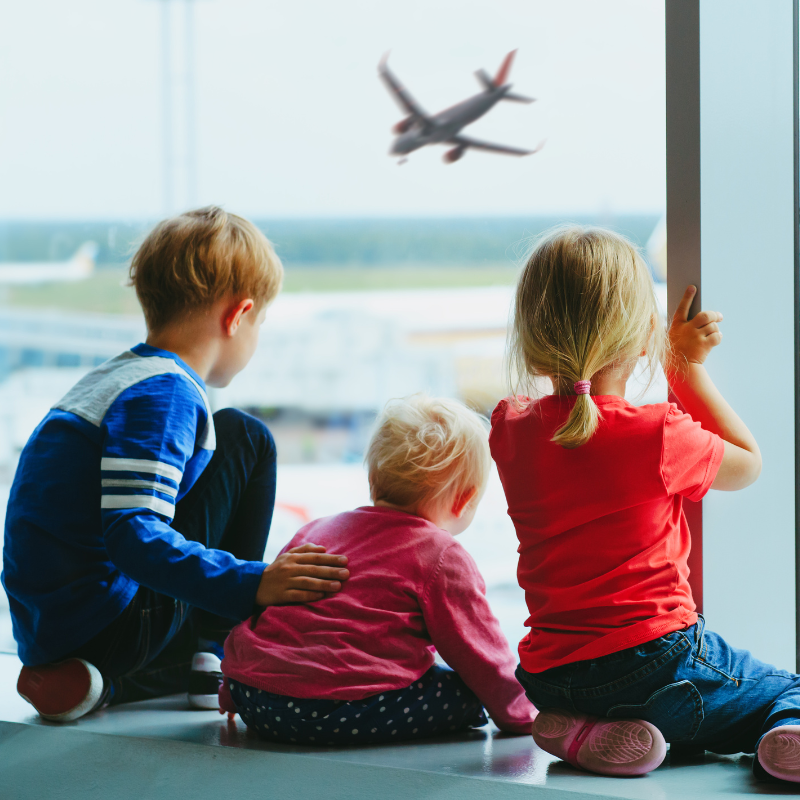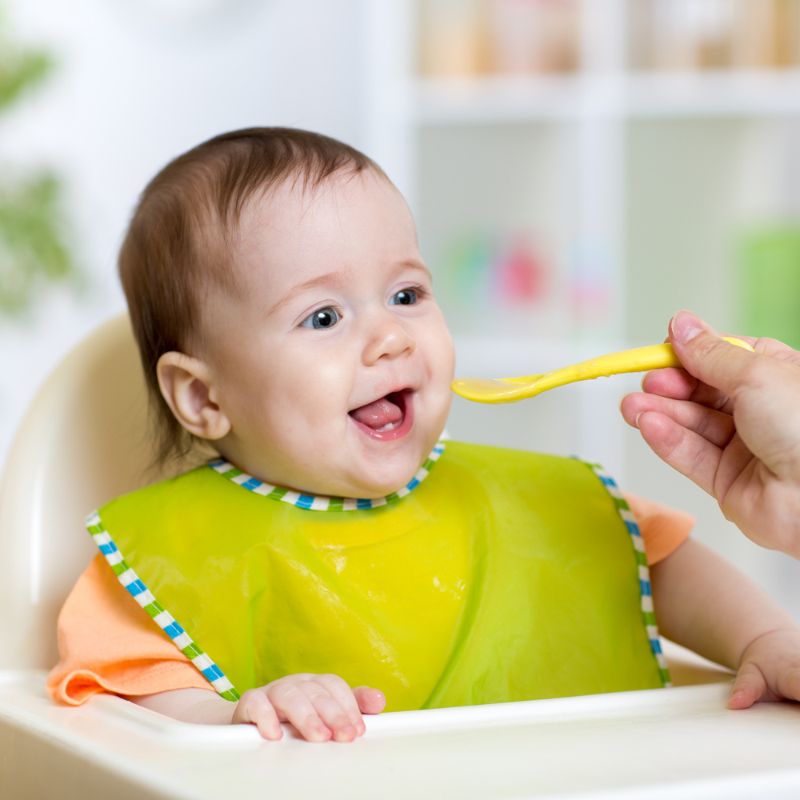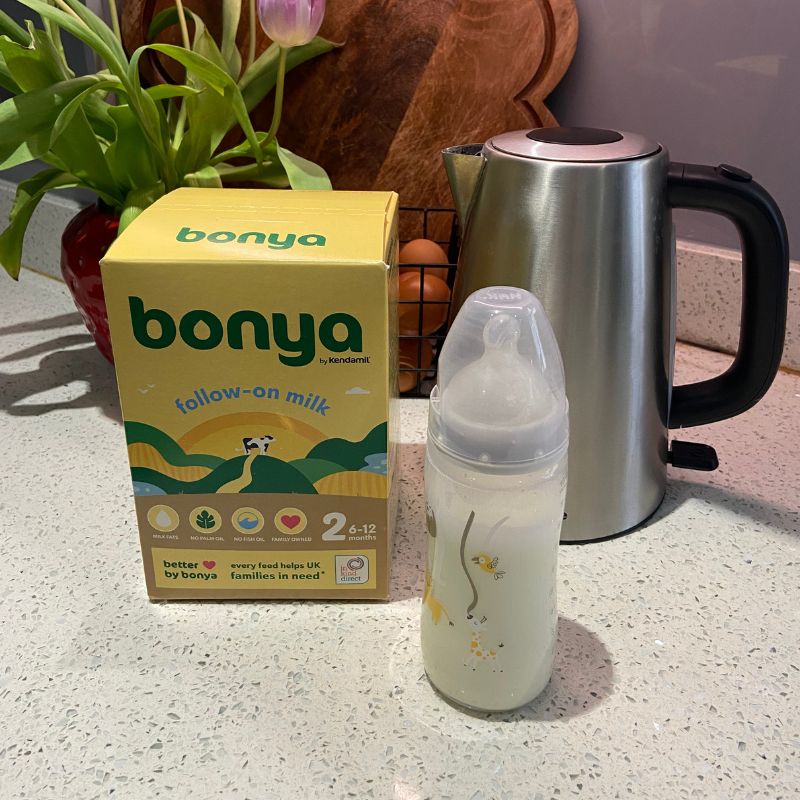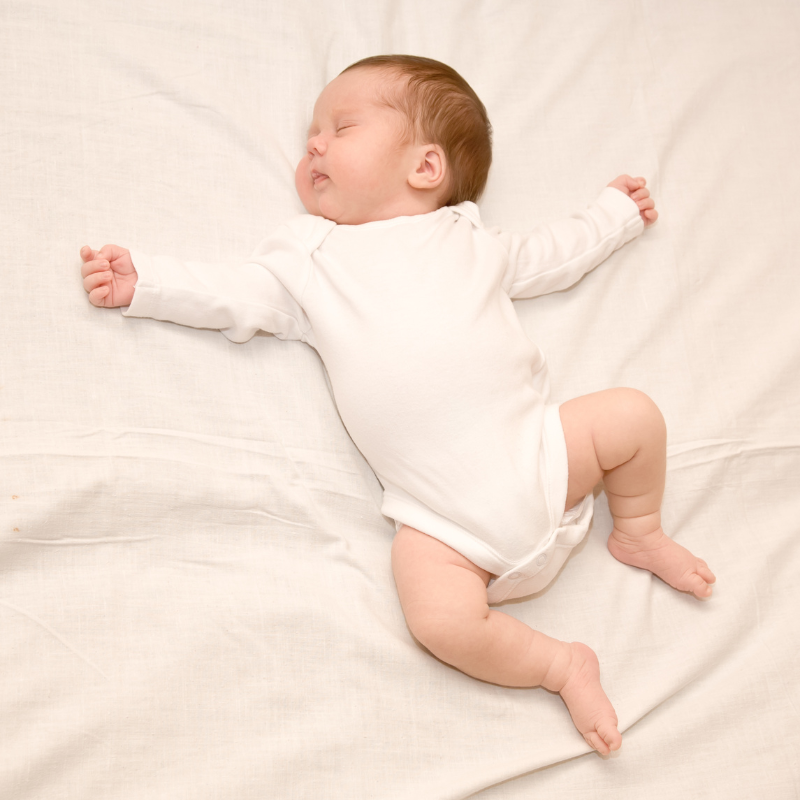Keeping your baby's feeding equipment clean is essential for their health. Sterilising bottles and teats helps eliminate harmful bacteria, ensuring safe feeds every time. Here's how to do it, based on NHS recommendations.
Clean Before You Sterilise
Before sterilising, thoroughly wash all feeding equipment.
➡️Disassemble bottles, teats, lids, and any other parts.
➡️Wash each item in hot, soapy water using a dedicated bottle cleaning brush.
➡️Rinse thoroughly under running water and allow to drain.
➡️Avoid using paper towels or tea towels to dry bottles, you don’t need to dry bottles before sterilising.
Note: Dishwashers can clean but not sterilise feeding equipment.
Choose Your Sterilisation Method
There are several effective ways to sterilise baby bottles:
1. Boiling
➡️Place cleaned items in a large saucepan and cover with water.
➡️Ensure all parts stay submerged and boil for at least 10 minutes.
➡️Use tongs to remove items and let them air dry on a clean surface.
Be cautious: teats may deteriorate faster with this method.
2. Steam Sterilising
➡️Use an electric steam steriliser or microwave steriliser.
➡️Follow the manufacturer's instructions for water quantity and cycle time.
➡️Place bottles and teats facing downwards in the steriliser.
Items remain sterile for 24 hours if the lid remains closed.
3. Cold Water Sterilising
➡️Use a sterilising solution (tablets or liquid) in a clean container.
➡️Submerge all items, ensuring no air bubbles are trapped.
➡️Leave items in the solution for at least 30 minutes.
➡️Change the solution every 24 hours.
Rinse bottles with cooled boiled water before use if required, always follow the manufacturer’s instructions.
What are self-sterilising bottles, and are they safe?
Self-sterilising bottles are specially designed baby bottles that can be sterilised quickly in the microwave using just water and the bottle’s own components. No extra kit. No faff.
Here’s how they work:
➡️Add a small amount of water to the base.
➡️Stack the bottle parts according to the instructions.
➡️Pop it in the microwave for around 3 minutes (timing may vary).
➡️Ta-da! A sterilised bottle, ready for action.
Perfect for:
✔️ Travelling with baby
✔️ Quick turnarounds between feeds
✔️ Parents who don’t want to invest in a separate steriliser
They’re safe, NHS-friendly when used correctly, and super convenient when you're short on time (or counter space).
💚 Bonya tip: Always check the manufacturer's instructions, make sure your microwave is clean, and let the bottle cool before handling.
How Often Should You Sterilise?
Sterilise all feeding equipment:
➡️Before first use.
➡️After each feed, until your baby is 12 months old.
Regular sterilisation reduces the risk of infections.
Tips for Safe Sterilisation
➡️Always wash your hands before handling sterilised equipment.
➡️Use sterilised tongs to assemble bottles.
➡️Store assembled bottles in a clean, sealed container if not used immediately.
At Bonya, we believe in making parenting simpler and more affordable. Our formula is designed to support your baby's growth without compromising on quality. For more feeding tips and support, visit our Formula Fog Hub.

